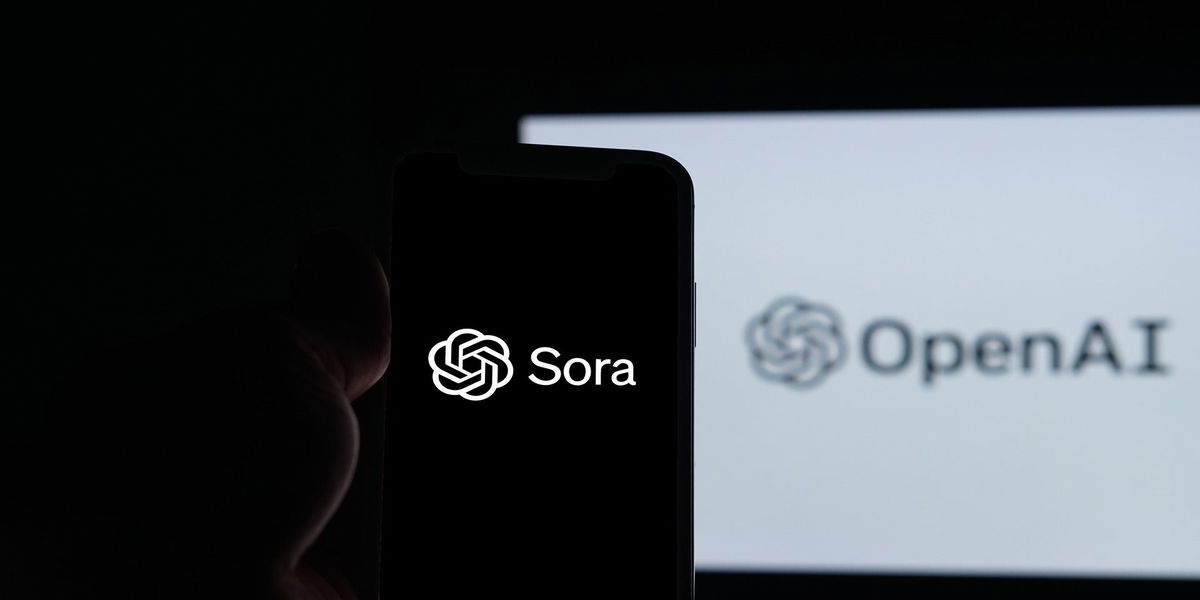X, formerly known as Twitter The Israeli security firm has launched a new authentication system for its premium users in a partnership with Au10tix.
(You may be interested in: Major cyber attack in Colombia: what did the organizations say?).
As reported TechCrunch, some subscribers are notified to verify their identity by presenting an official document. X stated that this process takes approximately five minutes and includes taking a photo of the document and a self-portrait of the user.
The notice also highlights the collaboration between X and Au10tix, the provider of the security solution used to perform the verification. It is also emphasized that biometric data can be stored for a maximum of 30 days.
Although information about this measure was added to the Twitter Help Center last August, official implementation is currently taking place. The purpose of this measure is to ensure that account holders are natural persons with valid IDs.
It is worth noting that this ID-based verification feature is not currently available in all countries. Users in the European Union, European Economic Area (EEA) and the United Kingdom do not have access to it.
(You may be interested in: Other alternative applications to Telegram and WhatsApp: what do they offer?).
Although both the mobile application and the browser present the social network’s ID as an Since the Twitter.com domain name is still shown in the URL, the original name exists along with its previous name.
However, the social network has begun implementing changes to how posts on other platforms are shared from mobile devices, both in the app and in the browser. In these cases, the new domain name x.com will be offered as confirmed European Press.
This change is clearly visible, for example, when sending a broadcast from the X application to services such as Gmail or WhatsApp, where x.com is entered after the HTTPS protocol. It’s important to note that this only applies when using the ‘Share via…’ button and not when the ‘Copy link’ option is selected.
In another scenario, the twitter.com domain that occurs when trying to embed the post remains unchanged because the generated HTML code preserves the “twitter-tweet” format.
*This content was rewritten with the help of artificial intelligence, based on information from Europa Press, and reviewed by the journalist and editor.
Source: Exame













